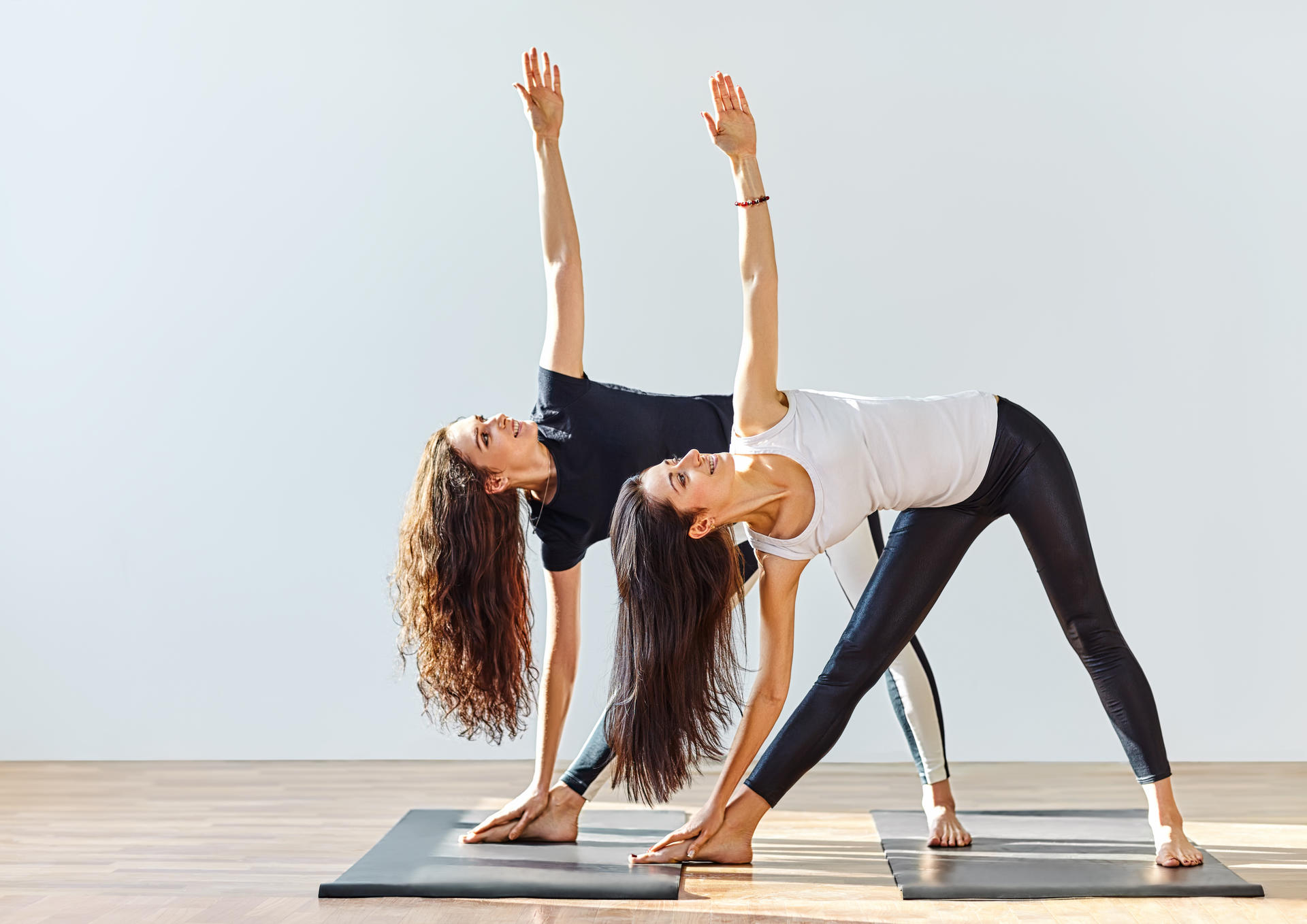Rocket Yoga has garnered attention for its dynamic and accessible approach to traditional Ashtanga Yoga. Combining rigorous sequences with a sense of playfulness, Rocket Yoga is both challenging and liberating. Consequently, it’s become a popular choice for those seeking strength, flexibility, and vibrant energy. Therefore, this comprehensive guide explores the origins, key principles, benefits, and how to practice Rocket Yoga. By understanding these elements, you can appreciate its unique approach and integrate it into your yoga journey.
The Origins and Development of Rocket Yoga
Rocket Yoga’s roots and evolution are integral to understanding its unique approach and widespread appeal. Exploring its origins provides valuable insights into its philosophy and practice. Therefore, delving into the history and development of Rocket Yoga is essential.
Birth of Rocket Yoga
Rocket Yoga was developed in the 1980s by Larry Schultz, a renowned Ashtanga Vinyasa Yoga teacher. Schultz, often referred to as the “Bad Man of Ashtanga,” spent eight years studying under the legendary K. Pattabhi Jois. Seeking to make Ashtanga Yoga more accessible, he modified traditional sequences to create Rocket Yoga, emphasizing inclusivity and adaptation. Schultz’s innovation was aimed at making challenging Ashtanga poses achievable, offering modifications without diluting the essence of traditional practice. By understanding the origins of Rocket Yoga, you can appreciate the visionary approach behind its development. Therefore, recognizing the significance of Schultz’s contribution is crucial.
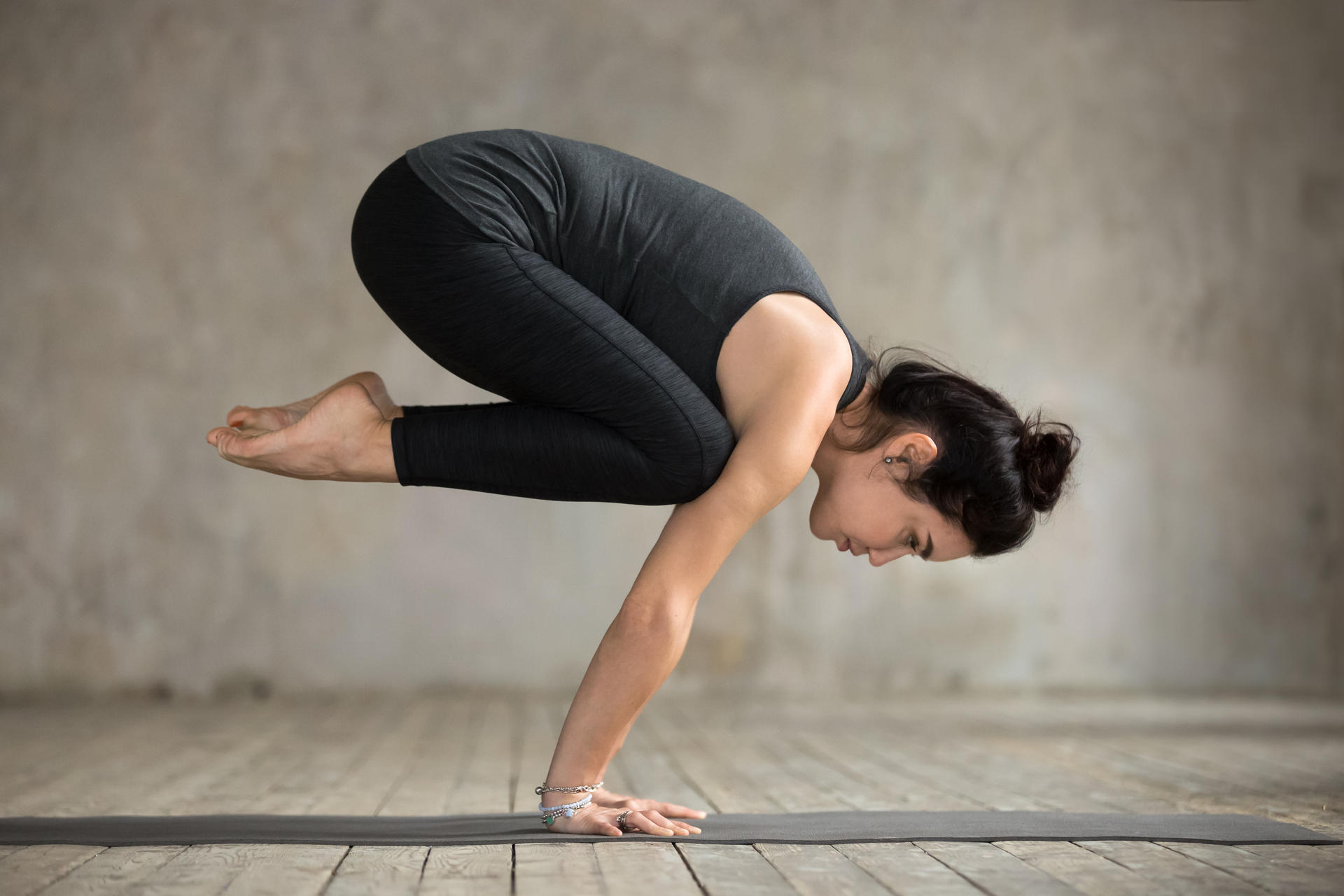
Naming the Practice
The name “Rocket Yoga” was bestowed by Bob Weir of the Grateful Dead, reflecting the practice’s energizing and uplifting nature. Weir proclaimed, “It gets you there faster!” This moniker perfectly encapsulates the essence of Rocket Yoga – a fast-paced, dynamic practice designed to propel practitioners into greater strength, flexibility, and mental clarity. By understanding the inspiration behind the name, you can grasp the spirit and intention of Rocket Yoga. Therefore, recognizing the importance of the practice’s name is essential.
Key Principles of Rocket Yoga
Rocket Yoga’s guiding principles are grounded in traditional Ashtanga while embracing flexibility and innovation. Understanding these principles helps clarify what sets Rocket Yoga apart. Therefore, exploring the key principles of Rocket Yoga is essential.
Modification and Adaptability
One of the core principles of Rocket Yoga is its emphasis on modification and adaptability. Unlike traditional Ashtanga, which follows a strict sequence, Rocket Yoga encourages practitioners to modify poses to suit their unique abilities and needs. This approach makes challenging poses accessible and fosters inclusivity, allowing practitioners of all levels to benefit. By understanding the importance of modification and adaptability, you can appreciate Rocket Yoga’s inclusive nature. Therefore, recognizing the value of personalized practice is crucial.
Energizing and Uplifting
Rocket Yoga is designed to be energizing and uplifting, focusing on dynamic sequences that enhance vitality and mental clarity. The practice includes a mix of arm balances, inversions, and backbends, promoting physical strength and cardiovascular fitness. Additionally, the sequences are choreographed to stimulate energy flow, leaving practitioners feeling invigorated and empowered. By understanding the energizing aspect of Rocket Yoga, you can appreciate its potential to transform both body and mind. Therefore, recognizing the significance of vitality in practice is essential.
Combining Structure and Creativity
Rocket Yoga strikes a balance between structure and creativity. While it maintains the foundational elements of Ashtanga, including breath-synchronized movements and set sequences, it allows for creative variations. By exploring different transitions and modifications, practitioners can experience the practice more dynamically and expressively. This balance fosters discipline while encouraging personal expression and exploration. By understanding this combination of structure and creativity, you can engage with Rocket Yoga more fully. Therefore, recognizing the importance of both elements is crucial.
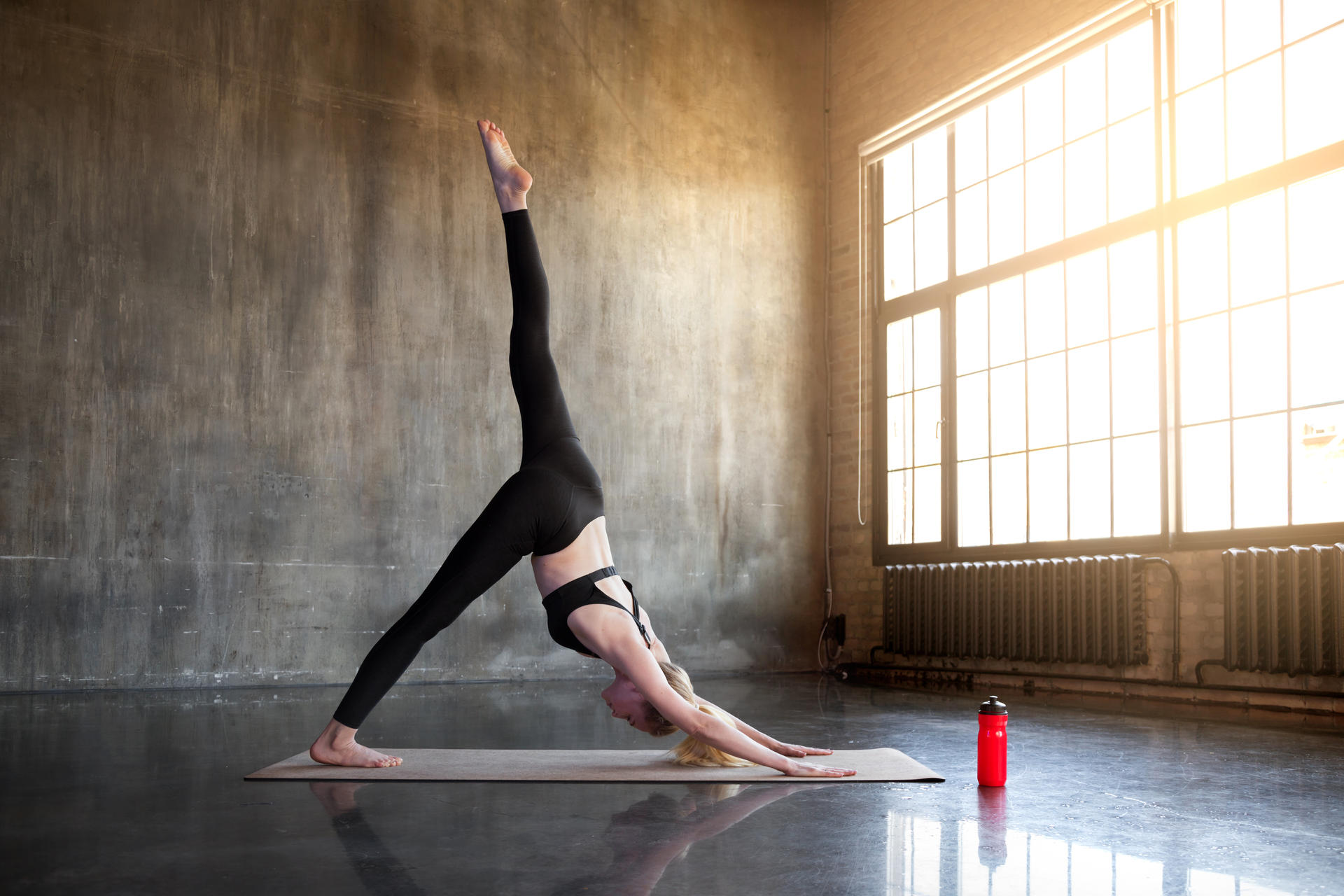
How to Practice Rocket Yoga
Practicing Rocket Yoga involves understanding the key poses, sequences, and approaches. This knowledge ensures a comprehensive and enriching practice. Therefore, exploring how to practice Rocket Yoga is essential.
Key Poses in Rocket Yoga
Rocket Yoga includes a variety of key poses that form the cornerstone of its sequences. These poses encompass arm balances, inversions, and backbends. Essential poses include Crow Pose (Bakasana), Handstand (Adho Mukha Vrksasana), and Wheel Pose (Urdhva Dhanurasana). Mastering these poses requires strength, flexibility, and proper alignment. Modifications and preparatory poses can help make these challenging postures more accessible. By understanding the key poses, you can build a solid foundation for your Rocket Yoga practice. Therefore, recognizing the significance of foundational poses is crucial.
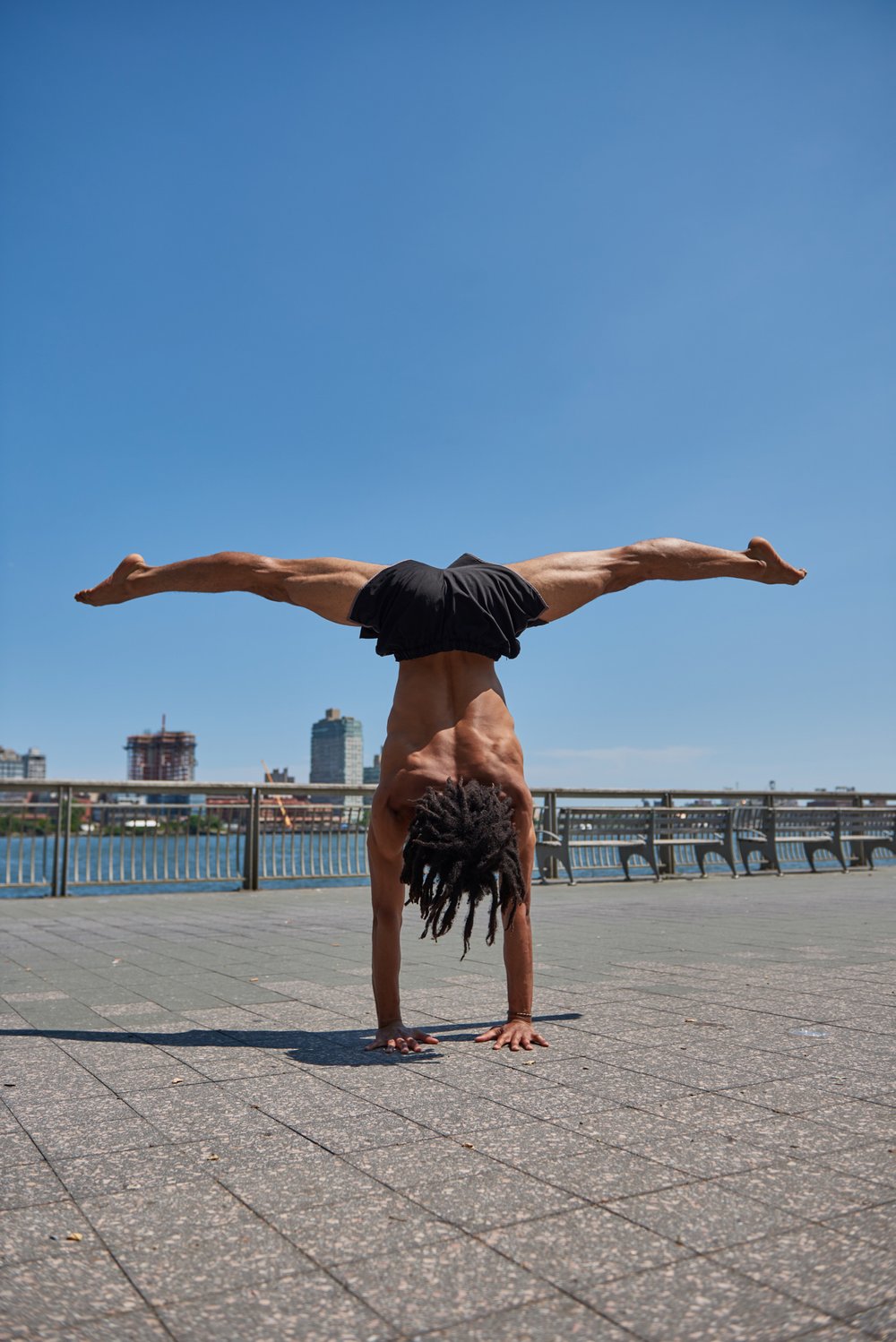
Typical Sequences
Rocket Yoga sequences are adapted from the traditional Ashtanga series but allow for modifications and variations. Common sequences include the Rocket I, II, and III series. Rocket I focuses on standing poses, forward bends, and hip openers. Rocket II emphasizes backbends and spinal twists, while Rocket III combines elements from both I and II, offering a full-body experience. Practicing these sequences consistently helps build strength, flexibility, and endurance. By understanding the typical sequences, you can structure your Rocket Yoga practice effectively. Therefore, recognizing the importance of sequenced practice is essential.
Incorporating Breath and Mindfulness
Breath and mindfulness are integral components of Rocket Yoga. The practice emphasizes Ujjayi breath, a deep, controlled breathing technique that helps synchronize movement and breath. Maintaining mindful awareness throughout the practice enhances focus and promotes a meditative state. Integrating breath and mindfulness supports the physical and mental benefits of Rocket Yoga, creating a harmonious and balanced practice. By understanding the importance of breath and mindfulness, you can deepen your Rocket Yoga experience. Therefore, recognizing the value of mindful breathing is crucial.
Practical Tips for Beginners
Starting RocketYoga can be both exciting and challenging. Understanding practical tips for beginners ensures a positive and successful introduction to the practice. Therefore, exploring practical tips for beginners is essential.
Start Slow and Build Up
For beginners, starting slow and gradually building up intensity is crucial. Begin with modified poses and shorter practice sessions to develop foundational strength and flexibility. Focus on proper alignment and technique to prevent injury. As you gain confidence and proficiency, gradually increase the complexity and duration of your practice. By understanding the importance of a gradual approach, you can build a sustainable and enjoyable RocketYoga practice. Therefore, recognizing the value of pacing is crucial.
Use Props and Modifications
Using props and modifications can make Rocket Yoga more accessible for beginners. Blocks, straps, and blankets can provide support and enhance flexibility in challenging poses. Don’t hesitate to modify poses to suit your ability level, gradually progressing to more advanced variations. By understanding the benefits of props and modifications, you can tailor the practice to your needs and avoid unnecessary strain. Therefore, recognizing the importance of adaptable practice is essential.
Seek Guidance from Experienced Instructors
Seeking guidance from experienced RocketYoga instructors can significantly enhance your learning experience. Qualified instructors offer valuable insights, corrections, and support, helping you progress safely and effectively. Joining a Rocket Yoga class or workshop provides a structured environment for practice, fostering community and motivation. By understanding the benefits of professional guidance, you can maximize the potential of your Rocket Yoga journey. Therefore, recognizing the value of expert instruction is crucial.
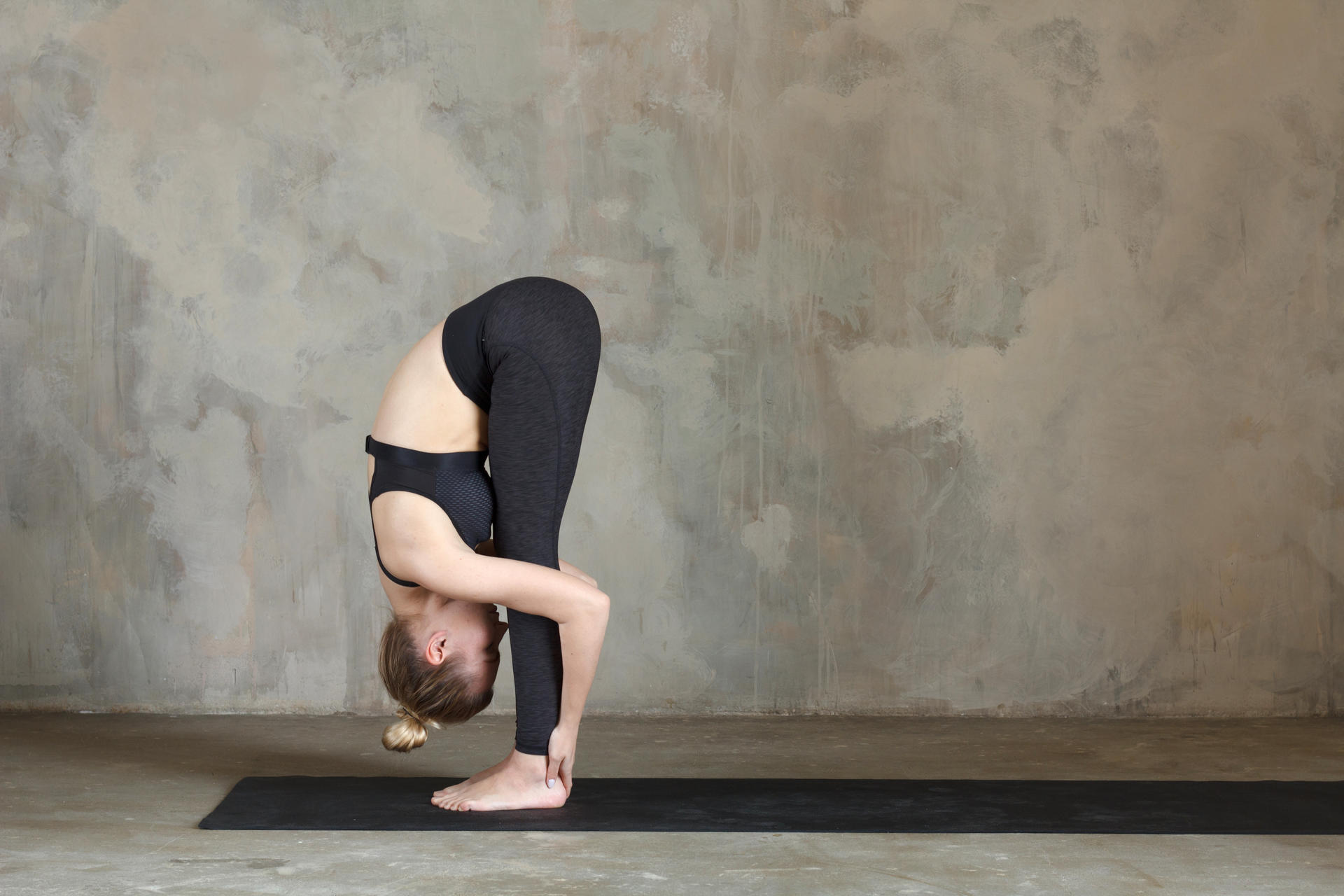
Addressing Common Misconceptions About Rocket Yoga
Addressing common misconceptions about RocketYoga provides accurate information and dispels unwarranted concerns. Clearing up misunderstandings ensures an informed perspective. Therefore, exploring common misconceptions is important.
Misconception: Rocket Yoga Is Too Intense
A common misconception is that RocketYoga is too intense for the average practitioner. While Rocket Yoga is dynamic and challenging, it is also highly adaptable. Modifications and accessible variations ensure it can be practiced at any level. The intensity can be adjusted to suit individual fitness levels and goals. By understanding the scalability of Rocket Yoga, you can engage with the practice confidently. Therefore, dispelling this misconception highlights the inclusiveness of Rocket Yoga.
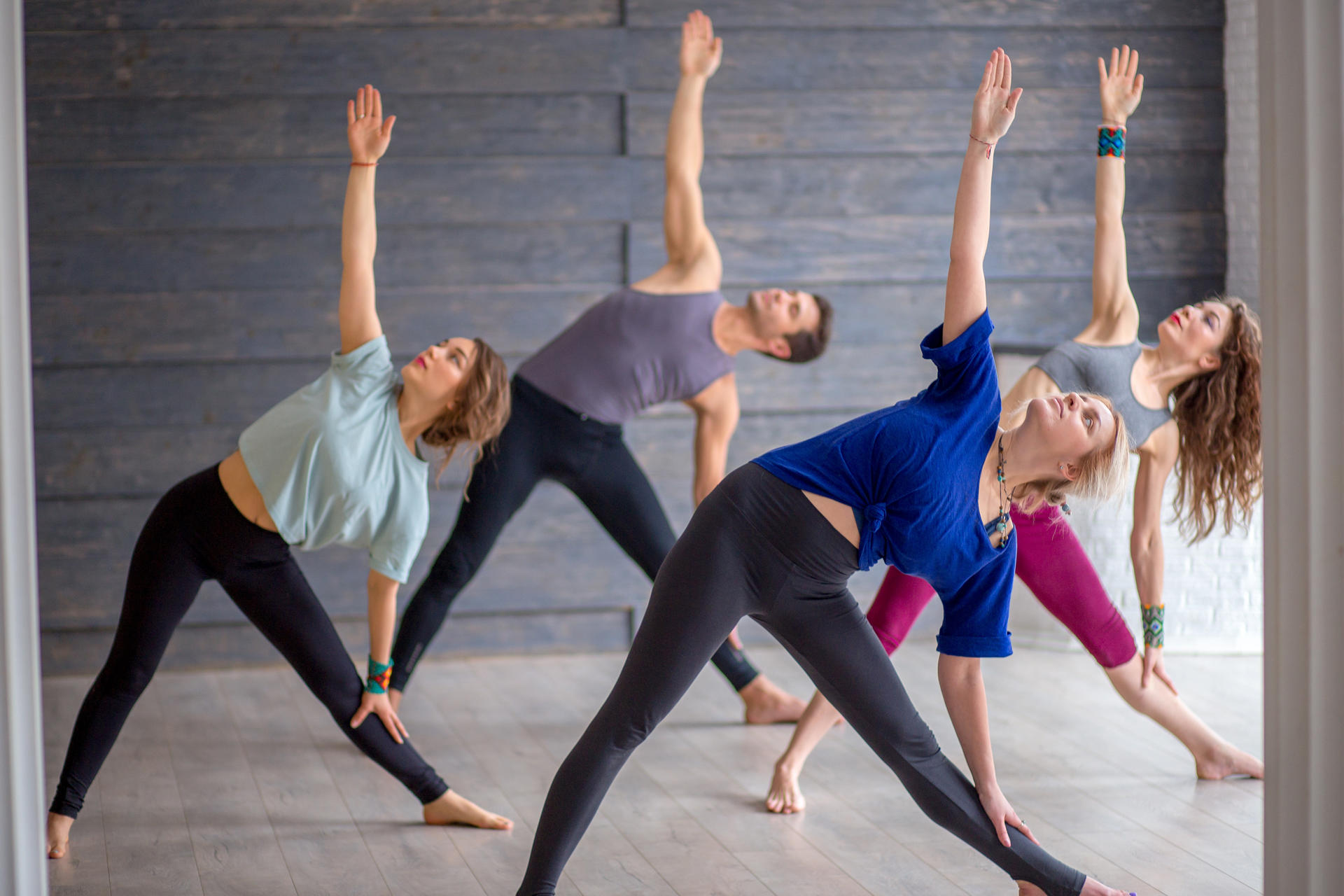
Misconception: Rocket Yoga Is Only for Advanced Practitioners
Another misconception is that RocketYoga is exclusively for advanced practitioners. While the practice includes advanced poses, it also offers modifications that make it accessible to beginners. The focus on adaptability allows practitioners of all levels to benefit from its dynamic sequences. By understanding the inclusivity of RocketYoga, you can approach the practice regardless of your experience level. Therefore, dispelling this misconception emphasizes the accessibility of RocketYoga.
Conclusion: Embracing the Dynamic Practice of Rocket Yoga
Embracing the dynamic practice of RocketYoga involves understanding its origins, key principles, benefits, and practical approach. Proper knowledge of these aspects ensures a comprehensive and enriching experience.
Exploring critical elements such as modification, energizing sequences, and breath and mindfulness provides comprehensive knowledge and practical understanding. Recognizing the importance of addressing common questions and misconceptions enhances overall confidence and satisfaction with your RocketYoga practice.
By engaging with these elements, you can appreciate the unique approach of RocketYoga, integrating its dynamic and inclusive principles into your yoga journey. Therefore, whether you are an experienced yogi or a curious beginner, understanding RocketYoga offers practical and valuable insights. Embrace the opportunity to explore this transformative practice, knowing you have the knowledge and resources to make informed and inspired choices!
